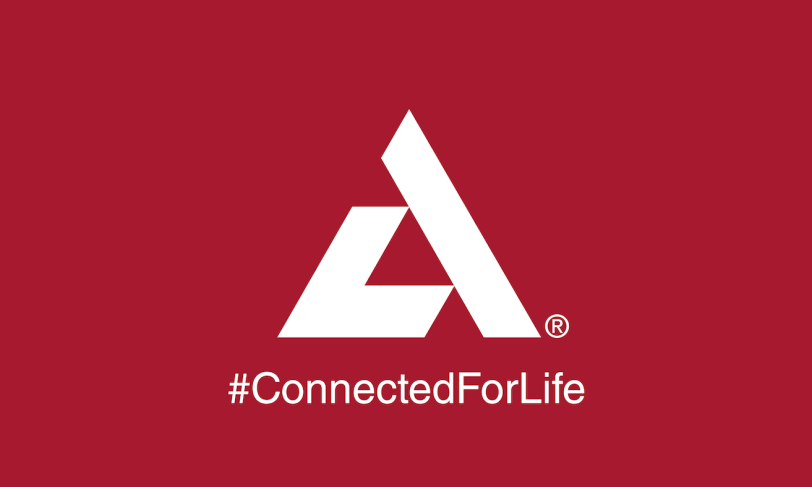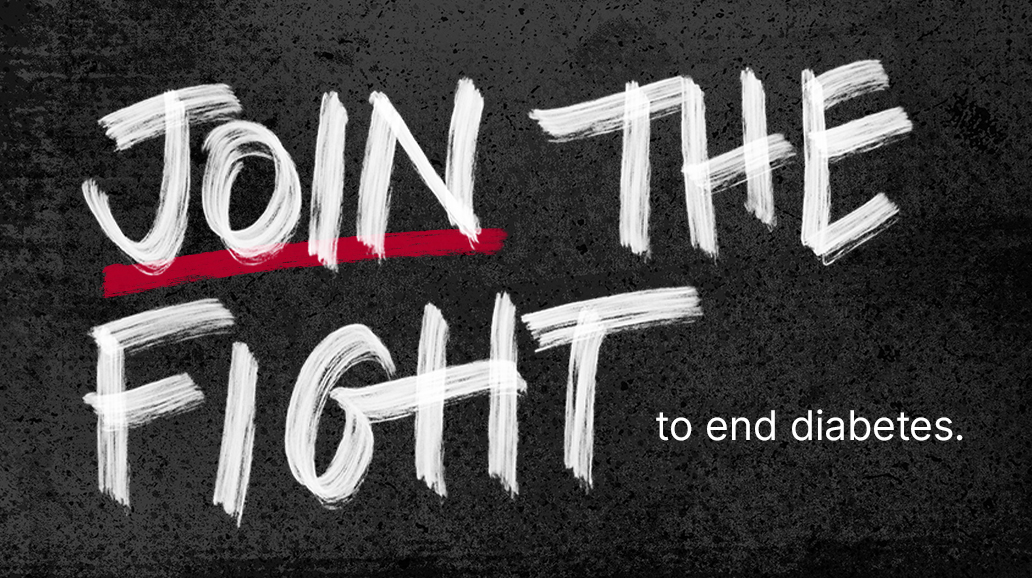Choosing The Right Health Insurance Plan When You Have Diabetes

It’s open enrollment time. Here’s what you need to know.
The New Year brings lots of new, exciting changes—including, for some, a new health insurance plan. For those of us with diabetes, choosing the right health care plan involves more than just picking the one with the lowest monthly premium cost. It’s important to be prepared and do a little research before your open enrollment period. The ADA wants our community to thrive and live healthy lives with diabetes, so we’re sharing tips and resources to help you choose the plan that is best for you.
High Deductible Health Plan or Traditional Health Plan?
Almost all health plans require the member to pay a deductible in addition to a monthly premium. This is the amount that you will pay out-of-pocket for a doctor’s visit, a diagnostic test, a prescription, or Durable Medical Equipment (DME) before insurance will pay for services. After you’ve met your deductible, you’ll pay a smaller amount (either a fixed dollar amount as a “copay” or a percentage as “co-insurance”).
Traditional health plans usually have a low deductible, but a higher monthly premium amount. As overall healthcare costs have increased, insurance companies have begun to offer High Deductible Health Plans (HDHP) with lower monthly premiums but a higher deductible amount. For those of us with chronic health conditions, these high deductibles may make purchasing the medications and diabetes supplies we need to stay healthy difficult.
The good news is that there have been new changes by the IRS this year that may help some of us with high deductible health plans. However, you may still need to use the resources we provide to get access to the medications you need.
Get It in Writing
Before you begin looking at your health plan options, write down:
- All your current medications (with the dosage amounts) and what you use for Durable Medical Equipment (DME)—this includes insulin pump supplies, blood glucose meters and continuous glucose monitors
- The names of the individuals on your medical team who help you manage your diabetes, along with how often you see them. Don’t forget the specialists that you may see a few times per year: a cardiologist for your heart, a podiatrist for your feet, a nephrologist for your kidneys, an ophthalmologist for your eyes, etc.
- Your preferred hospital, lab center, and pharmacy.
You’ll need this information as you make decisions on which type of plan is best for you.
What’s in The Plan?
All health insurance plans must give you a Summary of Benefit & Coverage, which explains costs, benefits and additional information that’s important to know. If you have more than one plan to choose from during open enrollment, you can use the summary for each plan for easy comparison.
Pay special attention to the formulary. This is the list of drugs and some diabetes supplies that the insurance company will cover. Remember, just because you have a prescription doesn’t mean your health plan will pay for it! Check to see if your medications and supplies are covered–and if so, how much each of those prescriptions will cost each month.
If a prescription isn’t covered by the plan, you can either ask for an exemption to the formulary, pay for the medication out of your own pocket or talk with your medical team about alternatives. The ADA also has resources to help you find prescription assistance. InsulinHelp.org can help those struggling to pay for their insulin find the resources they need.
Your diabetes Durable Medical Equipment (DME) may not be listed in your plan documents. How do you know if they will cover your insulin pump supplies or CGM? Ask your benefits department for assistance in getting information and monthly costs, or if you’re purchasing your coverage through the Marketplace you can get answers through in-person or phone assistance.
Count Up Your Costs
Health plans can be difficult to compare simply by looking at a monthly premium and a Summary of Benefits & Coverage. You will need to count up all of your costs: the monthly premium, the deductible, the monthly prescription costs (both before and after you reach your deductible), your diabetes supplies, your medical visits, and any labs you might need.
An important term to know: Out-Of-Pocket Maximum. This is the amount you’ll need to pay out of pocket before your insurance plan will pay 100% of your covered benefits. This amount is listed in the plan’s Summary of Benefits & Coverage document. Your monthly premium amount does not count towards this maximum, but you may meet this amount during the plan year.
Important Tips and Resources
Once you’ve finished reviewing the plan options and the formulary, and you’ve figured out your costs over the year, the next step is searching for ways to save. Here are some important tips and resources that can help:
- If you have a High Deductible Health Plan, check to see if your plan now has “predeductible” coverage for insulin, glucose-lowering drugs, certain blood pressure and cholesterol medications, retinopathy screenings, A1C blood testing and blood glucose meters. Instead of paying the list price until you meet your deductible, you would pay a copay or co-insurance as if you already met your deductible. This can save people with diabetes thousands of dollars! In July 2019, the IRS sent out a notice saying that employers can offer plans that treat the items and services listed above as already meeting the deductible. This is not a required change for employers, so you must ask if this is available to you.
- If you must pay the list price for your diabetes medications, look for a copay card to help reduce the price you pay at the pharmacy counter. Many name brand drugs (including insulin) have copay cards offered by the manufacturer. Type in the name of the drug and “copay card” into your Internet browser to search. There may be restrictions and limit requirements, but the most important tip to know is that if you are uninsured, you cannot use copay cards.
- Patient Assistance Programs can help you with your prescription drug costs. Even if you have no insurance, there are programs to make sure you can get access to the diabetes drugs you need to thrive. Type in the name of the drug and “patient assistance program” to find out if you qualify.
If you or someone you know is struggling to get access to insulin right now, ADA can help.
www.insulinhelp.org
Do you have cost-saving tips or resources that you think will help our community during open enrollment? Share them on our Facebook page and on Twitter.








